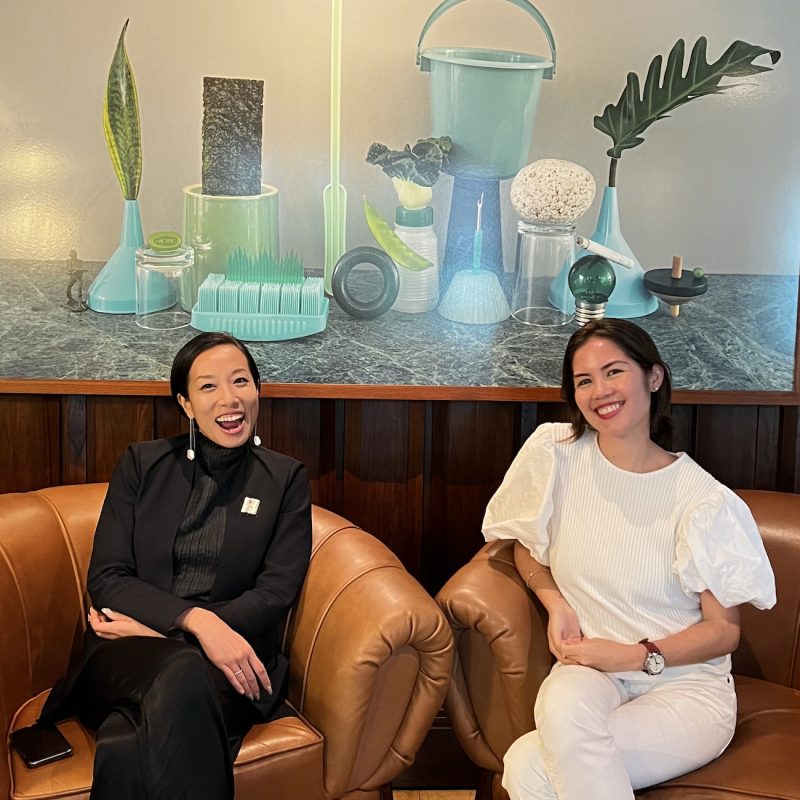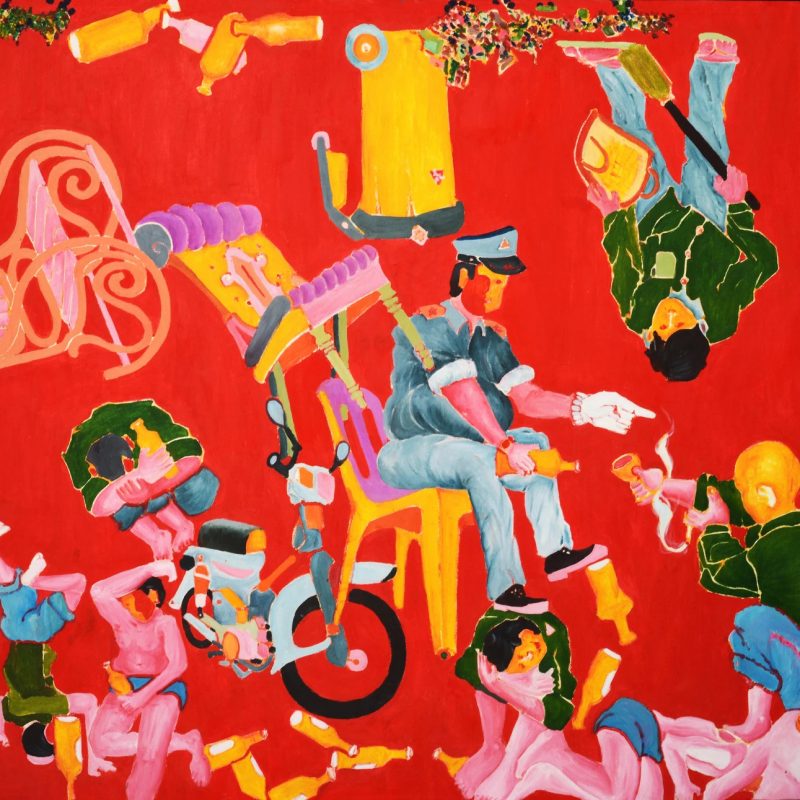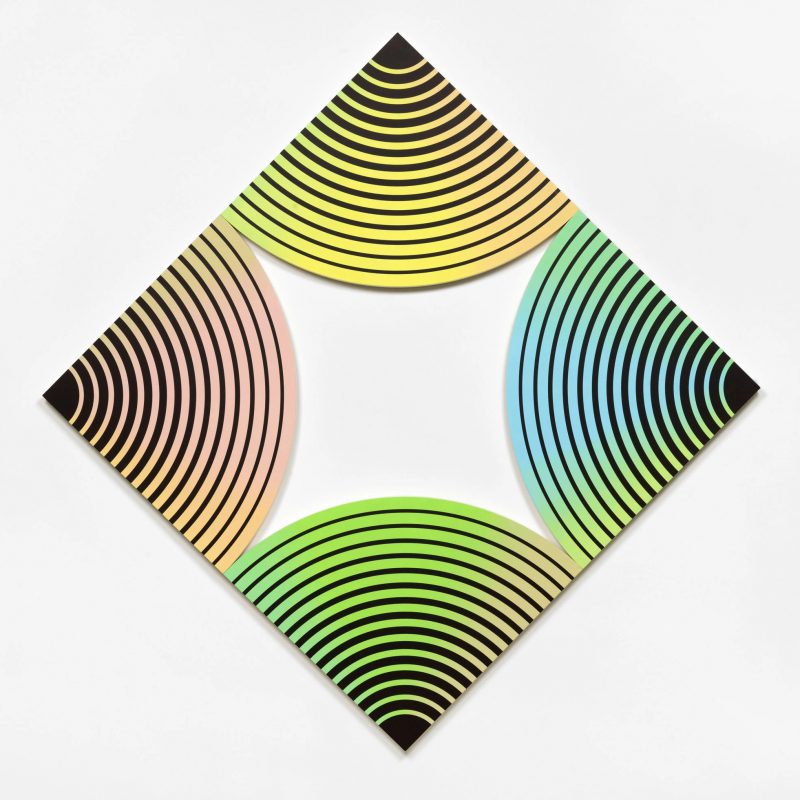“Contemporary art matters. It stimulates the imagination, creatively engages our senses and has the power to transform lives.”
— Museum of Contemporary Art Australia
Despite being a young, post-colonial nation, Australia has a rich cultural heritage and a strong presence of museums, art organisations and institutions in all its major cities. The Australian Council for the Arts — the government’s arts funding and advisory body — has contributed greatly to increase international visibility of Australian contemporary art. Local institutions are conscientious of diversity, offering a polyhedric platform for indigenous art to contemporary art practices. While Sydney and Melbourne have the most prolific local art scenes, other major cities in the country also play a vital role in positioning Australian art nationally and internationally.

Lindy Lee, installation view, Lindy Lee: Moon in a Dew Drop, Museum of Contemporary Art Australia, Sydney, 2020. Image courtesy of the Museum of Contemporary Art Australia, Sydney. Photo by Anna Kučera.
Sydney (New South Wales)
–
The Biennale of Sydney
The Biennale of Sydney is one of the most significant international contemporary art events in the country. Established in 1973, it is the third oldest biennial in the world after Venice and São Paulo and is the largest exhibition of international and national art in Australia. The Biennale presents contemporary art from around the globe in different venues across Sydney and Melbourne and it plays an indispensable role in Australia’s engagement with the rest of the world.

Noŋgirrŋa Marawili, installation view, 22nd Biennale of Sydney: NIRIN, Museum of Contemporary Art Australia, Sydney, 2020. Image courtesy of Museum of Contemporary Art Australia, Sydney. Photo by Ken Leanfore.
Museum of Contemporary Art Australia (MCA)
The MCA is Australia’s leading museum dedicated to exhibiting, collecting and interpreting the work of contemporary artists. Located on Circular Quay, the MCA Collection contains over 4000 works by Australian artists that have been acquired since 1989, with a strong commitment to works by Aboriginal and Torres Strait Islander artists.
–
Art Gallery of New South Wales (AGNSW)
Established in 1871, the Art Gallery of NSW Gallery is one of the largest public art museums in Australia, presenting both international and Australian contemporary art alongside a distinguished collection of colonial and 19th-century Australian works and European Old Masters.
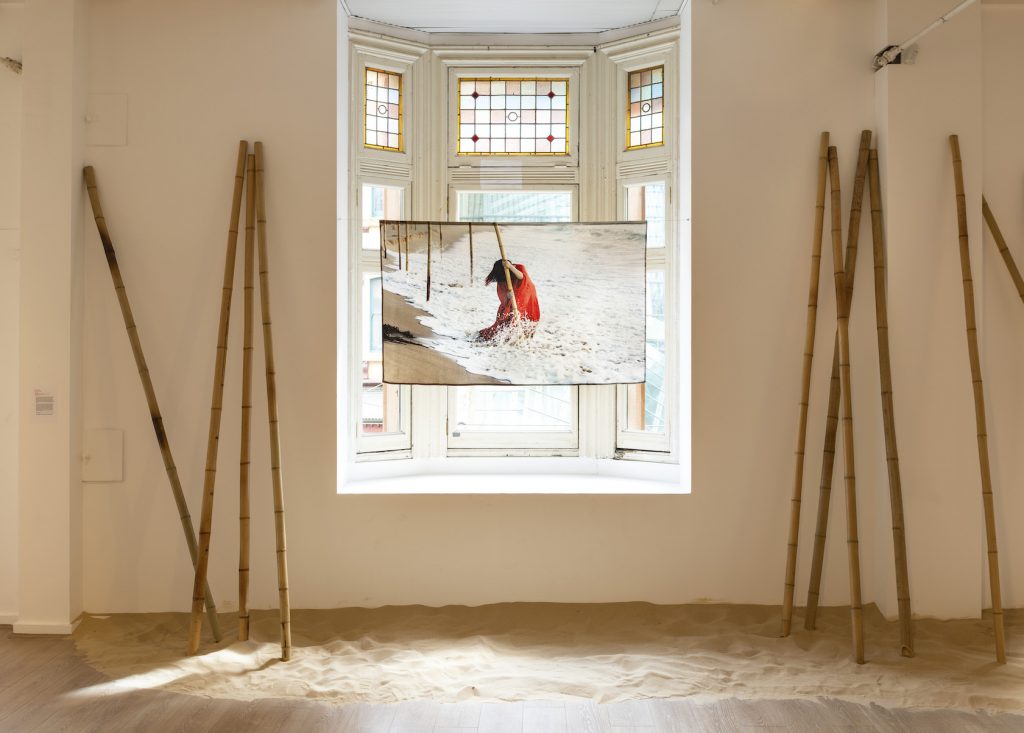
Xiao Lu, ‘Tides (弄潮)’, 2019, sand and bamboo, inkjet print on silk. Image courtesy of 4A Centre for Contemporary Asian Art. Photo by Jacquie Manning.
4A Centre for Contemporary Asian Art
4A is a highly respected non-profit contemporary art organisation that aims to strengthen cultural relations between Australia and Asia, and has been a leader of Asian contemporary art in Australia since 1996.
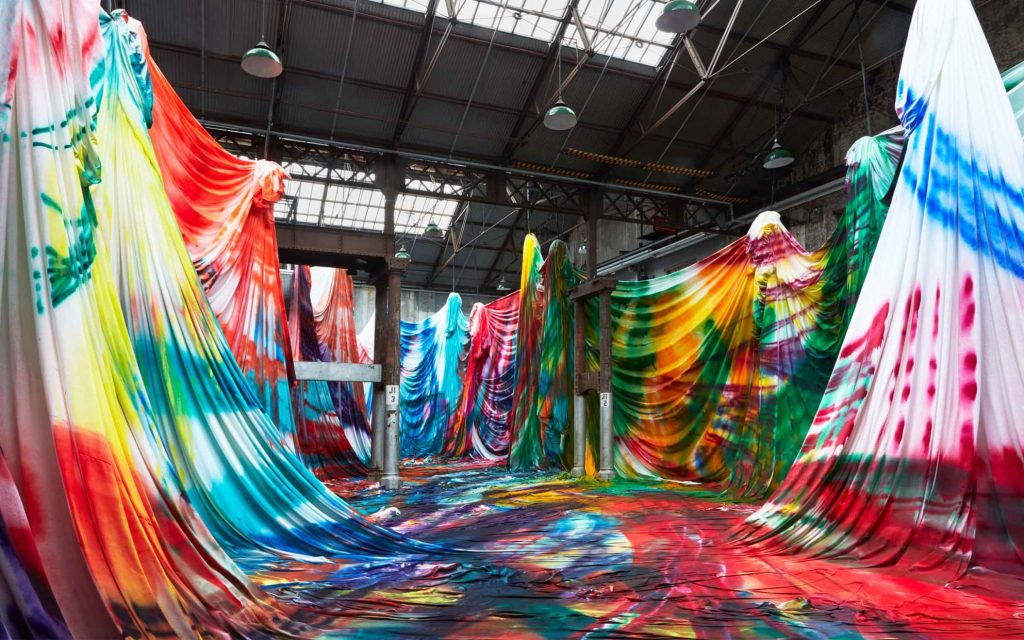
Katharina Grosse, installation view, ‘‘The Horse Trotted Another Couple Of Metres, Then It Stopped’, Carriageworks, Sydney, 2018. Image courtesy of Gagosian and Artbasel.
Carriageworks
Carriageworks is one of the more significant multi-arts centres in Australia. It has a focus on public art and is dedicated to commissioning Australian and international artists to make new large-scale works. The space is also home to Sydney Contemporary, Australasia’s premier international Art Fair whose five days of curated program showcase both cutting-edge works from some of the world’s most respected artists and galleries together with new and emerging talents. In addition to programmes dedicated to championing contemporary Indigenous art, Carriageworks also has a residency programme to further foster experimentation among contemporary artists.
Melbourne (Victoria)
–
National Gallery of Victoria (NGV)
The National Gallery of Victoria is the oldest and most visited art gallery in Australia, with a permanent collection of more than 75,000 works of art. Since its founding in 1861, the collection covers the history and development of Australian, Indigenous and international art, as well as design and architecture.

Australian Centre for Contemporary Art, Melbourne. Photo by John Gollings. Image courtesy of ACCA.
Australian Centre for Contemporary Art, Melbourne (ACCA)
ACCA is the leading contemporary art space in Melbourne with a provocative and ambitious program that focuses on bringing the best international contemporary art to its audiences. Established in 1983, it moved to an award-winning architectural building designed by Wood Marsh in 2002. ACCA provides an exciting platform for the contemporary art scene and is an essential Melbourne cultural experience.
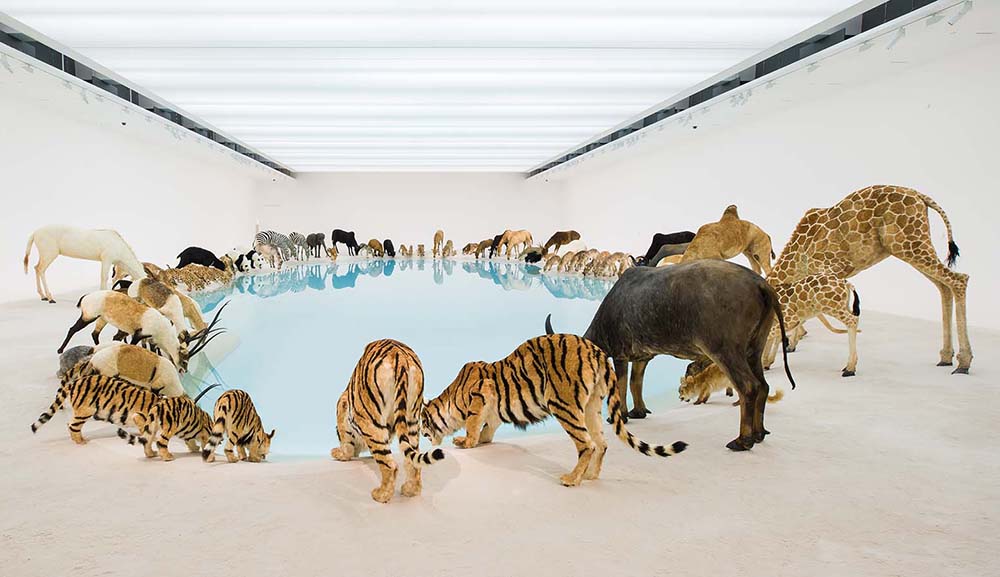
Cai Guo-Qiang, ‘Heritage’, 2013 at QAGOMA, Brisbane. Photo by Natasha Hearth. Image courtesy of QAGOMA.
Brisbane (Queensland)
–
The Queensland Art Gallery and Gallery of Modern Art (QAGOMA)
Established in 1895, QAGOMA in Brisbane holds an extensive collection of 20th and 21st century artwork. For its important role in acquiring, supporting and exhibiting Aboriginal and Torres Strait Islander art, the museum has become one of the most culturally important and diverse modern art galleries in Australia. The QAGOMA also hosts the Asia Pacific Triennial (APT), a leading regional contemporary art event promoting one of the world’s most significant collections of contemporary Asian, Southeast Asian and Pacific art.

Sidney Nolan, ‘Snake’, at Museum of Old and New Art (MONA). Photo by Jeff Owens via wikicommons.
Hobart (Tasmania)
–
Museum of Old and New Art (MONA)
Established in 2011 by collector David Walsh, the Museum of Old and New Art (MONA) is the largest privately owned art gallery in Australasia with a diverse and controversial collection from antiques to contemporary art.
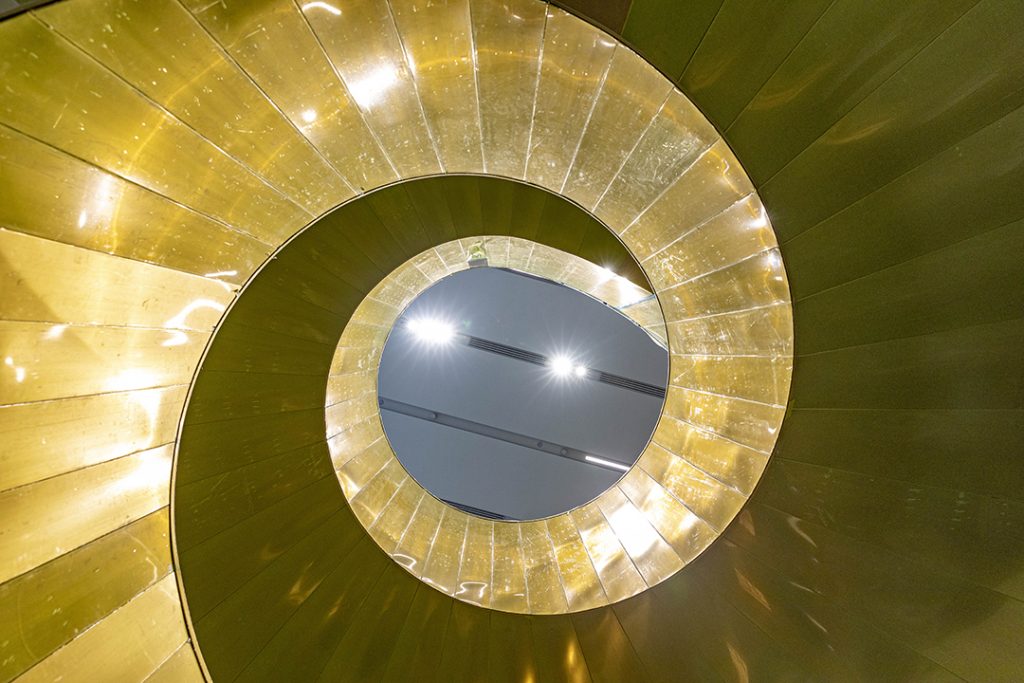
Interior of the newly revamped WA Museum Boola Bardip, designed by Hassell + OMA. Photo by Michael Haluwana. Image courtesy of WA Boola Bardip.
Perth (Western Australia)
–
WA Museum Boola Bardip
The former Western Australian Museum reopened in Perth in November 2020 after an AUD400 million redevelopment designed by Hassell and OMA architects. With a new Aboriginal name meaning “many stories”, the museum has a strong focus on Aboriginal and Torres Strait Islander heritage and contemporary visual culture.






